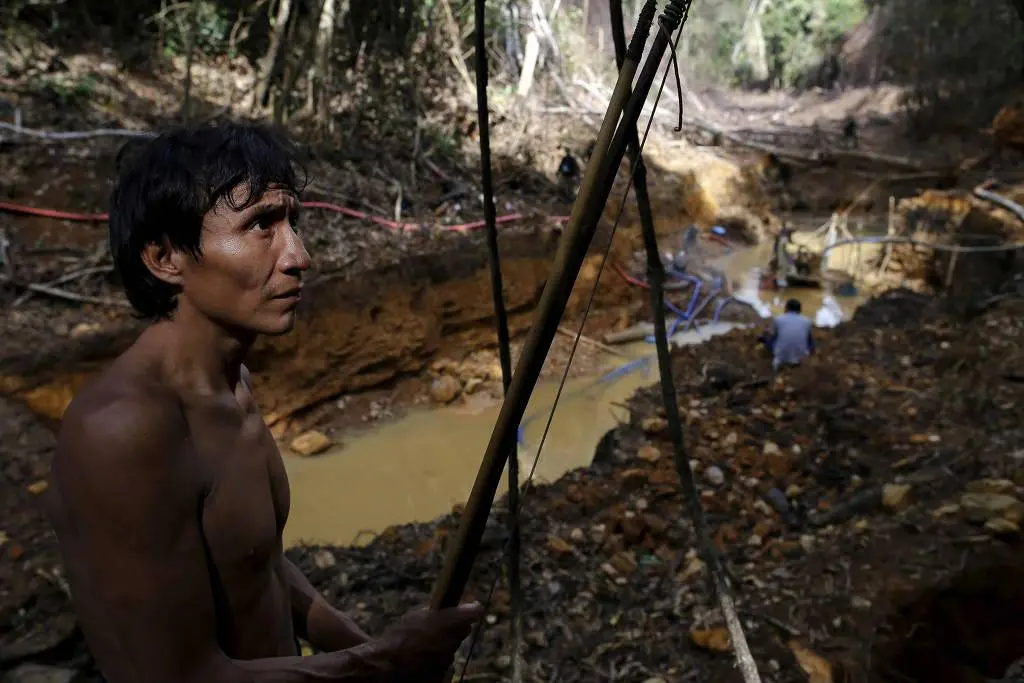A study by the Oswaldo Cruz Foundation and Socio-Environmental Institute revealed alarming mercury contamination among the Yanomami, Brazil’s largest Indigenous group.
The analysis involved 287 Yanomami individuals, revealing that a vast majority faced mercury levels exceeding safe limits.
Specifically, 84% showed mercury levels above 2.0 μg/g, and 10.8% exceeded 6.0 μg/g, surpassing the World Health Organization’s limit.
The study linked the highest mercury levels to communities by the Mucajaí River, affected by illegal mining.
Survival International emphasized the worsened situation due to ineffective military action and health post closures.
Dário Kopenawa from the Hutukara Yanomami Association named mining as the main cause of pollution, habitat loss, and health issues like malaria and malnutrition.

The Yanomami territory, spanning Amazonas and Roraima, houses 31,000 people across 370 communities.
This group, with six linguistic subgroups, only recently encountered non-Indigenous populations.
The study, conducted in October 2022 across nine communities, aimed to document the mercury levels following a request from the Texoli Ninam Indigenous Association.
This investigation sheds light on the severe environmental and health challenges faced by the Yanomami due to illegal mining.
Background
The Brazilian Army’s move in February to deploy 3,000 troops to the Yanomami Indigenous Territory marks a significant effort to safeguard this critical region.
General Tomás Paiva leads deployment addressing urgent crisis from illegal mining, providing essential security and support.
Illegal mining has devastated the environment and endangered the Yanomami people’s health, causing diseases and malnutrition.
The Army’s response includes creating two outposts near key rivers and enhancing logistics and response capabilities.
Though ambitious, this plan faces financial and logistical hurdles.
This action aligns with President Luiz Inácio Lula da Silva’s broader strategy to shift from short-term fixes to lasting solutions for the Yanomami territory.
The government’s commitment involves a significant investment aimed at improving health and security for the indigenous population.

